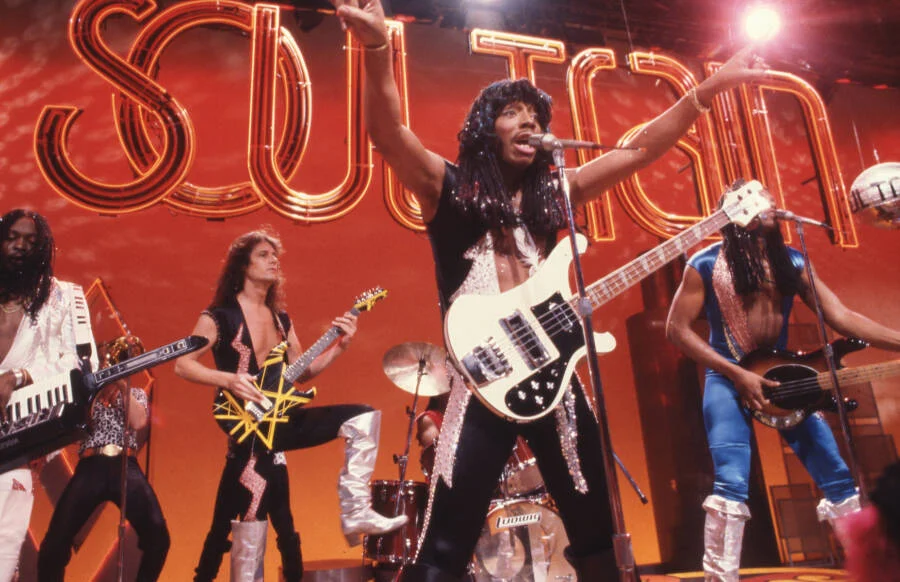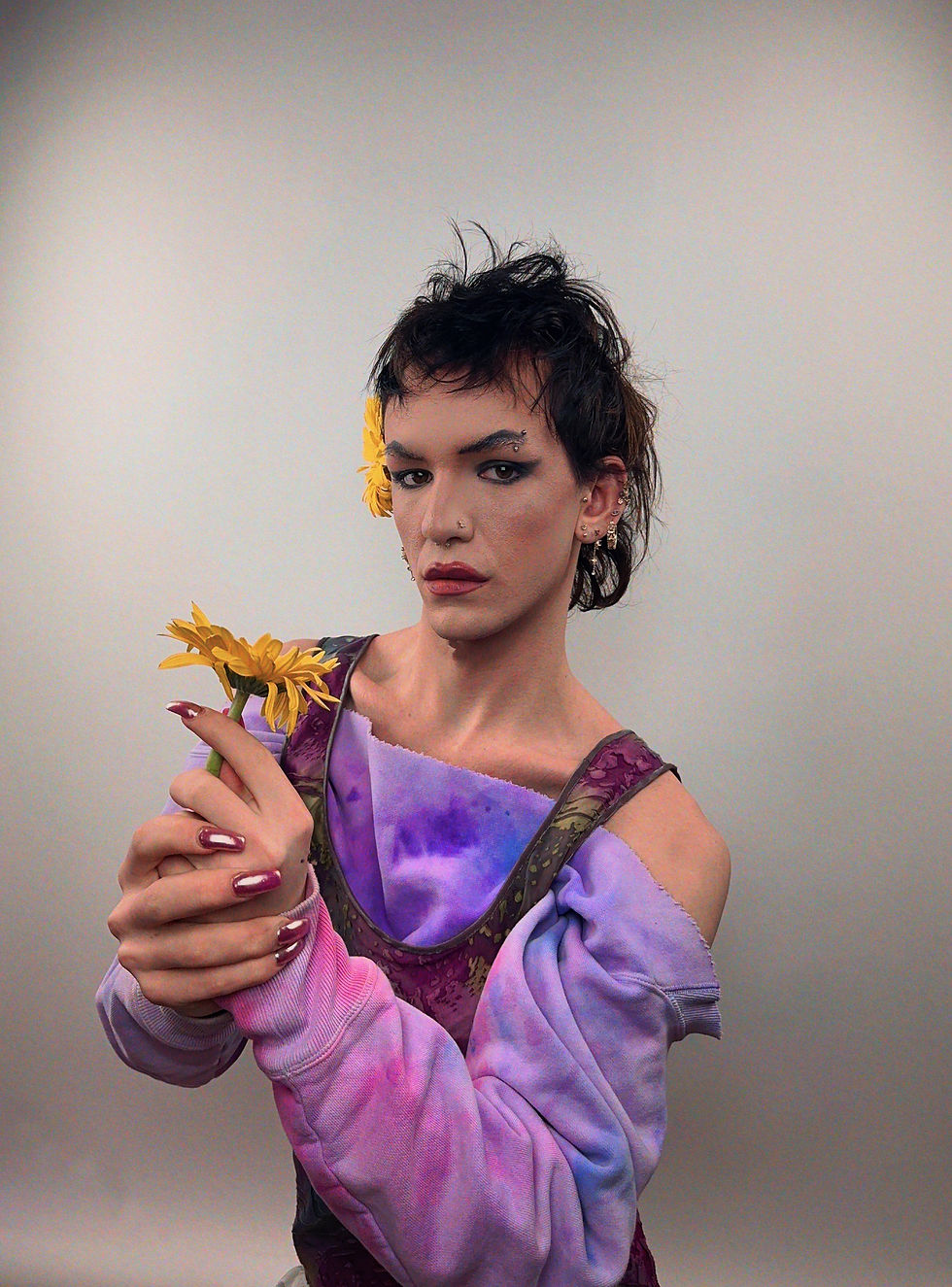The History of Soul Train
- Eli Butler

- Mar 8, 2023
- 4 min read

“Soul Train, the hippest trip in America. 60 non-stop minutes across the tracks of your mind, into the exciting world of soul” — these words were heard across the nation for the first time in 1971, when Soul Train, the longest-running nationally syndicated program in American television history, premiered. In the 1950s and 60s, American Bandstand, a television music and dance performance program, was sweeping the nation. The notion of television itself was just just becoming available to the average American family, with the number of television sets purchased in the country increasing from 6,000 in 1946 to almost 12 million in 1951. During the 1950s and 60s, the biggest civil rights movement in the history of our nation was also occurring; Black Americans were fighting to end segregation and collect reparations from times of slavery. A young man from Chicago by the name of Don Cornelius was heavily involved in this movement, not knowing the future impact that he himself would have on Black culture in America and all around the world.
American Bandstand originally started out as a local Philadelphia television program known as Bandstand, showing “musical films”, which can be considered the ancestors of the music videos we’re familiar with today. The original host, Bob Horn, was dissatisfied with this version of the program, and brought up the concept of turning the show into a dance program where teenagers would be invited to dance on stage to popular records. The rest of American Bandstand’s upcomings are inconsequential to the story of Soul Train, except for one fact; while American Bandstand preached inclusion and progressiveness — Black performers and background dancers were nonexistent or unseen throughout the first 20+ years of production.
Political activist and up-and-coming television show host, Don Cornelius noticed this, not just within American Bandstand, but with American television in general. He was proud of his skin color and his heritage — and of “the culture African Americans had created for themselves” and sustained even through hardship and suffering. He wanted to show mainstream America what Black joy looked like, he wanted to become a cultural beacon for young Black kids who saw little to no positive representation of themselves in media, and he wanted to bring the magic of authentic soul, R&B, jazz, blues, funk, and disco music to American television and radio. By the end of 1970, he had created, hosted, recorded, and aired the first episode of his very own local music and dance performance television show — Soul Train. After going national within the following year, Soul Train very quickly became an outlet and inspiration for Black Americans; spotlighting and elevating music, dance, fashion, culture, and activism with a specific focus on Black communities.
Come join us on a Soul Train journey, exploring three of the most popular Soul Train performances from the 70s and how the show began to equalize and desegregate music performance and introduce Black culture to mainstream America in the 1970s.
October 7, 1971
On this date, Soul Train aired its first ever nationally syndicated episode in history. Artists that performed on this episode included Gladys Knight & the Pips performing “Friendship Train” and “I Don’t Wanna Do Wrong”, Eddie Kendricks (co-founder of the Temptations) performing “It’s So Hard for Me to Say Goodbye” and “I Did It All For You”, Honey Cone performing “Stick-Up” and “Want Ads”, and Bobby Hutton playing “You’re My Only Reason”.
The Jackson 5
On a November day in 1973, The Jackson 5 performed “Dancing Machine”, “Don’t Say Goodbye Again”, and “Get It Together”. Jermaine Jackson performed “You’re In Good Hands” and Michael Jackson performed “With A Child’s Heart” and “Morning Glow” on Soul Train. During this time, “Dancing Machine” was charting #1 on the R&B charts and #2 on the pop charts. This achievement was highly valued at the time; an all-Black soul/disco group was topping the mainstream charts. In this episode, Michael Jackson famously brought “the robot” dance into the world and inspired a dance craze throughout all of America.
The Super Brother
During this performance, James Brown performed 10 of his most popular hits, most famously including “Get Up (I Feel Like A) Sex Machine” and “Say It Loud I’m Black and Proud”. James Brown was best known as one of original progenitors of funk music, as well as a dedicated social and political activist throughout the civil rights movement and continuing on into his career. People consider this performance on February 10, 1973, one of his best; he performed the entire 60-minute set by himself. Most artists or bands performing on Soul Train lip synced to their songs during the live performance, but a few artists consistently showed off their true talent by singing live; James Brown being one of them. From his over-exaggerated fashion sense to his jaw-dropping dance moves, it is no surprise that James Brown is called the “godfather of soul”. (Fun fact: Prince was inspired to become a performer because of James Brown!)
Check out this curated playlist with a full list of songs from the 8 most popular Soul Train performances of the 70s:
If you’re interested in listening to more 70s music and learning more about Soul Train and the music culture of the 1970s, tune into my radio show with WPUB radio, That 70s Show, every Wednesday from noon-1pm!
https://shoutcheap.com/mobile/wpub for mobile streaming.
http://cp8.shoutcheap.com:8040/index.html?sid=1 for computer streaming.
Written by Eli Butler


















Comments